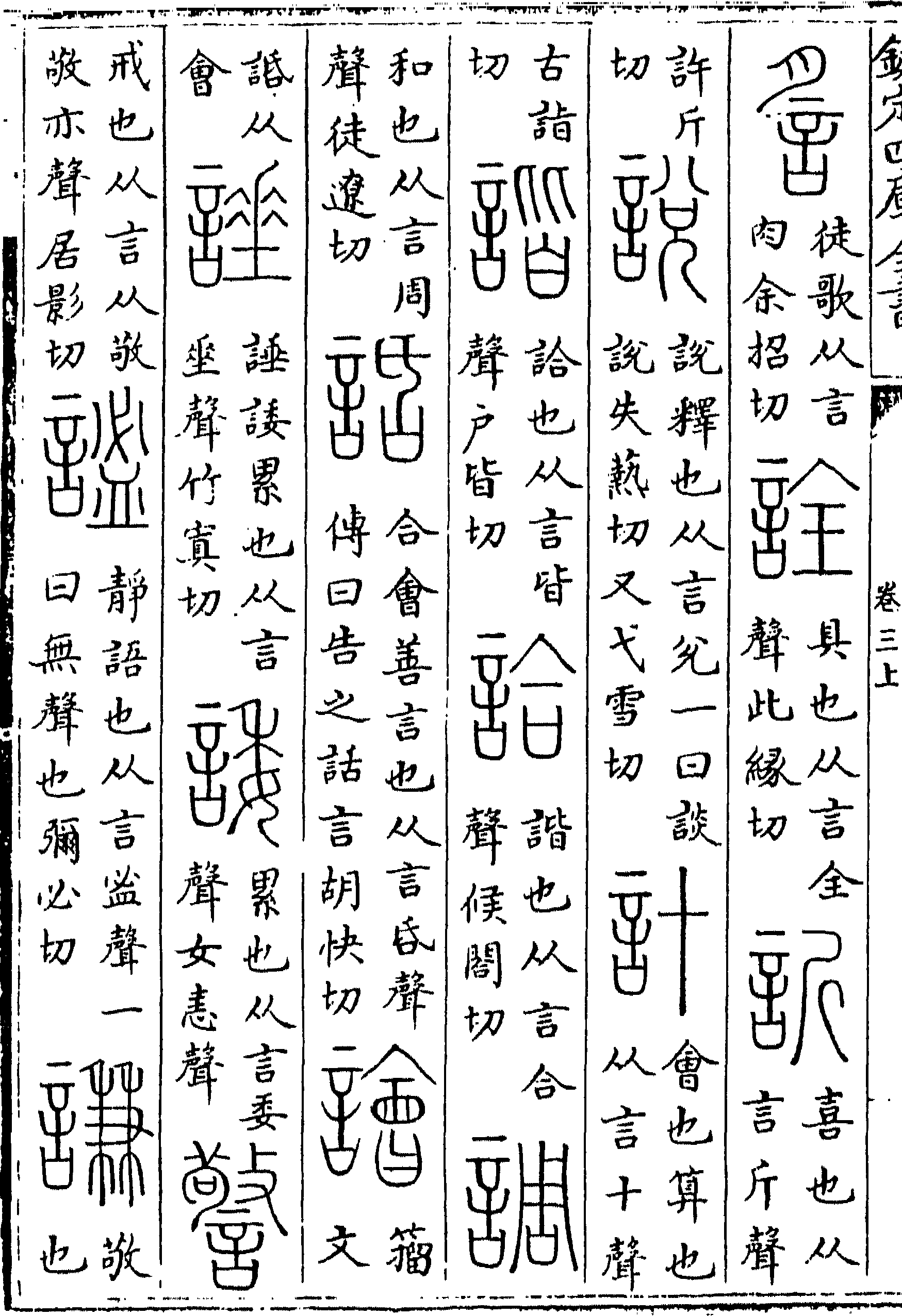|
State Of Qin
Qin () was an ancient Chinese state during the Zhou dynasty. Traditionally dated to 897 BC, it took its origin in a reconquest of western lands previously lost to the Rong; its position at the western edge of Chinese civilization permitted expansion and development that was unavailable to its rivals in the North China Plain. Following extensive "Legalist" reform in the fourth century BC, Qin emerged as one of the dominant powers of the Seven Warring States and unified the seven states of China in 221 BC under Qin Shi Huang. It established the Qin dynasty, which was short-lived but greatly influenced later Chinese history. History Founding According to the 2nd century BC historical text ''Records of the Grand Historian'' by Sima Qian, the Qin state traced its origin to Zhuanxu, one of the legendary Five Emperors in ancient times. One of his descendants, Boyi, was granted the family name of Yíng by Emperor Shun. During the Xia and Shang dynasties, the Yíng clan spl ... [...More Info...] [...Related Items...] OR: [Wikipedia] [Google] [Baidu] |
Old Chinese Phonology
Scholars have attempted to reconstruct the phonology of Old Chinese from documentary evidence. Although the writing system does not describe sounds directly, shared phono-semantic, phonetic components of the most ancient Chinese characters are believed to link words that were pronounced similarly at that time. The oldest surviving Chinese verse, in the ''Classic of Poetry'' (''Shijing''), shows which words rhymed in that period. Scholars have compared these bodies of contemporary evidence with the much later Middle Chinese reading pronunciations listed in the ''Qieyun'' rime dictionary published in 601 AD, though this falls short of a phonemic analysis. Supplementary evidence has been drawn from cognates in other Sino-Tibetan languages and in Min Chinese, which split off before the Middle Chinese period, Chinese transcriptions of foreign names, and early borrowings from and by neighbouring languages such as Hmong–Mien languages, Hmong–Mien, Tai languages, Tai and Tocharian ... [...More Info...] [...Related Items...] OR: [Wikipedia] [Google] [Baidu] |
Xirong (people)
Xirong () or Rong were various people who lived primarily in and around the western extremities of ancient China (in modern Gansu and Qinghai). They were known as early as the Shang dynasty (1765–1122 BCE), as one of the Four Barbarians that frequently (and often violently) interacted with the sinitic Huaxia civilization. They typically resided to the west of Guanzhong Plains from the Zhou Dynasty (1046–221 BCE) onwards. They were mentioned in some ancient Chinese texts as perhaps genetically and linguistically related to the people of the Chinese civilization. Etymology The historian Li Feng says that during the Western Zhou period, since the term ''Rong'' "warlike foreigners" was "often used in bronze inscriptions to mean 'warfare', it is likely that when a people was called 'Rong', the Zhou considered them as political and military adversaries rather than as cultural and ethnic 'others'." Paul R. Goldin also proposes that ''Rong'' was a "pseudo-ethnonym" meaning "bellic ... [...More Info...] [...Related Items...] OR: [Wikipedia] [Google] [Baidu] |
Yíng
Yíng () is an ancient Chinese surname. It was the noble house name of the Qin state during the Eastern Zhou dynasty, and the royal name of the subsequent Qin dynasty. Yíng Zheng was the first emperor of the unified Chinese empire. Ying was one of the " Eight Great ''Xing''s of High Antiquity" (), along with Jī (), Yáo (), Sì (), Yún (), Gui () and Rèn (), though some sources quote Jí () as the last one instead of Rèn. Of these ''xing''s, only Jiang and Yao have survived in their original form to modern days as frequently occurring surnames, while Ji can still be seen occasionally. In the present day, the Ying surname is shared by less than 1000 people in Mainland China, and is overall the 1520th-most common surname. In 2019, it was found that only exactly two people in Taiwan still had this surname. There are however 14 clan names in China derived from the same ancestral name Yíng. Zhao, one of the most common Chinese surnames, is one such kind cadet surnames tha ... [...More Info...] [...Related Items...] OR: [Wikipedia] [Google] [Baidu] |
Three Sovereigns And Five Emperors
The Three Sovereigns and Five Emperors were two groups of mythological rulers in ancient north China. The Three Sovereigns supposedly lived long before The Five Emperors, who have been assigned dates in a period from 3162 BC to 2070 BC. Today they may be considered culture heroes. The dates of these mythological figures may be fictitious, but according to some accounts and reconstructions, they supposedly preceded the Xia Dynasty. Description The Three Sovereigns, sometimes known as the Three August Ones, were said to be god-kings or demigods who used their divine abilities to improve the lives of the Chinese peoples and gift them essential skills and valuable knowledge. The Five Emperors are portrayed as exemplary ancestral sages who possessed a great moral character and lived to an extremely old age and ruled over a period of great Chinese peace. The Three Sovereigns on the other hand are ascribed various identities in different Chinese historical texts. These high kin ... [...More Info...] [...Related Items...] OR: [Wikipedia] [Google] [Baidu] |

